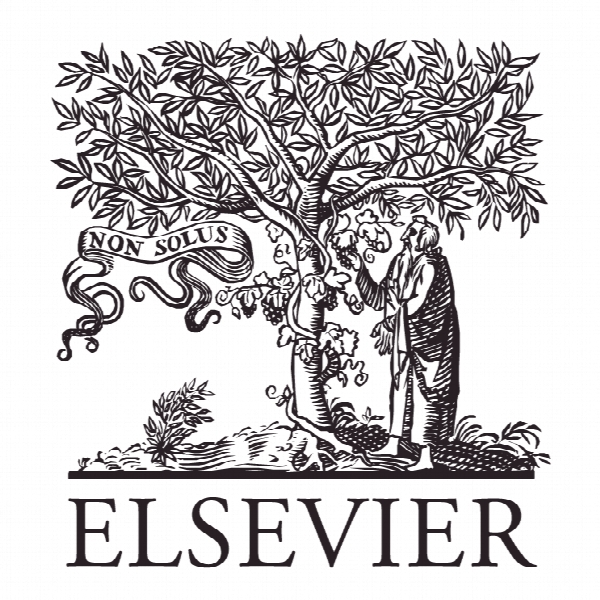ACCHANGE: ایجاد مدل های اقتصادی برای تجزیه و تحلیل عملکرد ارائه دهندگان خدمات ناوبری هوایی ACCHANGE: Building economic models to analyse the performance of air navigation service providers
- نوع فایل : کتاب
- زبان : انگلیسی
- ناشر : Elsevier
- چاپ و سال / کشور: 2017
توضیحات
رشته های مرتبط علوم فنون هوایی و اقتصاد
مجله مدیریت حمل و نقل هوایی – Journal of Air Transport Management
دانشگاه بلژیک
نشریه نشریه الزویر
مجله مدیریت حمل و نقل هوایی – Journal of Air Transport Management
دانشگاه بلژیک
نشریه نشریه الزویر
Description
1. Introduction and literature review The aim of this research paper is to analyse performance incentives of air navigation service providers (ANSPs) in Europe and to investigate how regulation can influence these incentives. The cost of providing air navigation services in Europe is often perceived as relatively high. In addition, there are large differences in productivity between various national ANSPs (Performance Review Unit of Eurocontrol, 2013). Furthermore, there is a relatively low degree of equipment standardization, slow adoption of new technologies and cooperation between various national ANSPs is less than expected (Adler et al., 2015). We develop a standard public utility model, originally developed by Laffont & Tirole (Laffont and Tirole, 1993), to analyse how regulatory frameworks can be used to address these concerns. Our model addresses the effects of economic regulation on a private firm’s performance incentives. The model is used to explore the effects of alternative regulations and institutional frameworks on the efficiency of air navigation service provision in Europe. We have not aimed at developing a detailed model of ATM provision. We rather develop a high-level model which enables us to derive key strategic insights. The public utility model has been extended by Dalen, Von der Fehr & Moen (Dalen et al., 2003). In their model, the regulator still provides performance incentives to the firm (management) but they add a bargaining stage between managers and unions. We will follow their approach and add a bargaining stage in one of the extensions of our model. We apply the public utility model to the context of air traffic management (ATM) service provision in Europe. This model is particularly suited to answering questions in the ATM context because of: The semi-public characteristic of ANSPs The heterogeneity among various ANSPs which makes direct performance benchmarking difficult (Historic) national monopoly character of ANSPs and the natural monopoly character of en-route ATM The likely emergence of special interest groups in this context We start with a presentation of the economic agents involved and their objectives. In section III, we outline the model and the main insights. In section IV, we provide numerical illustrations to demonstrate the mechanism and explain the current equilibria outcome in the European ATM market. Section V discusses theconclusions drawn from the modelling approach and potential future directions for analysis.


